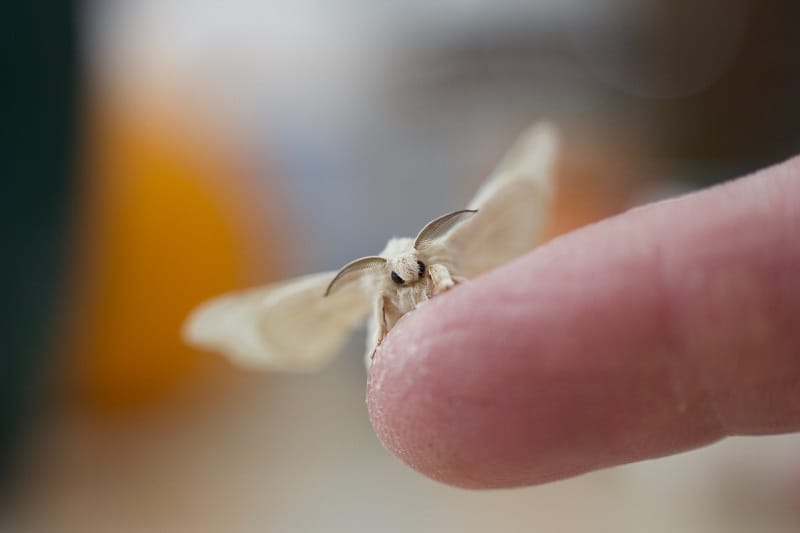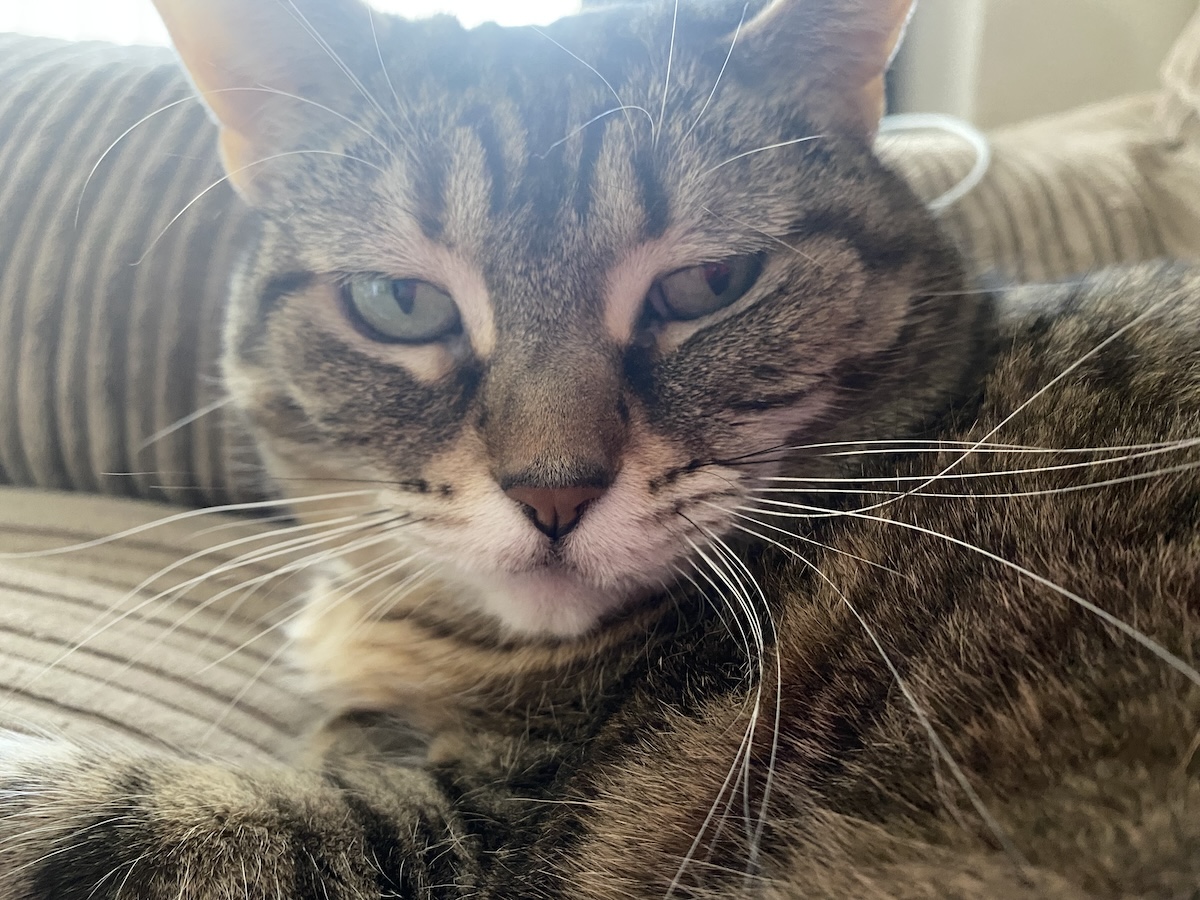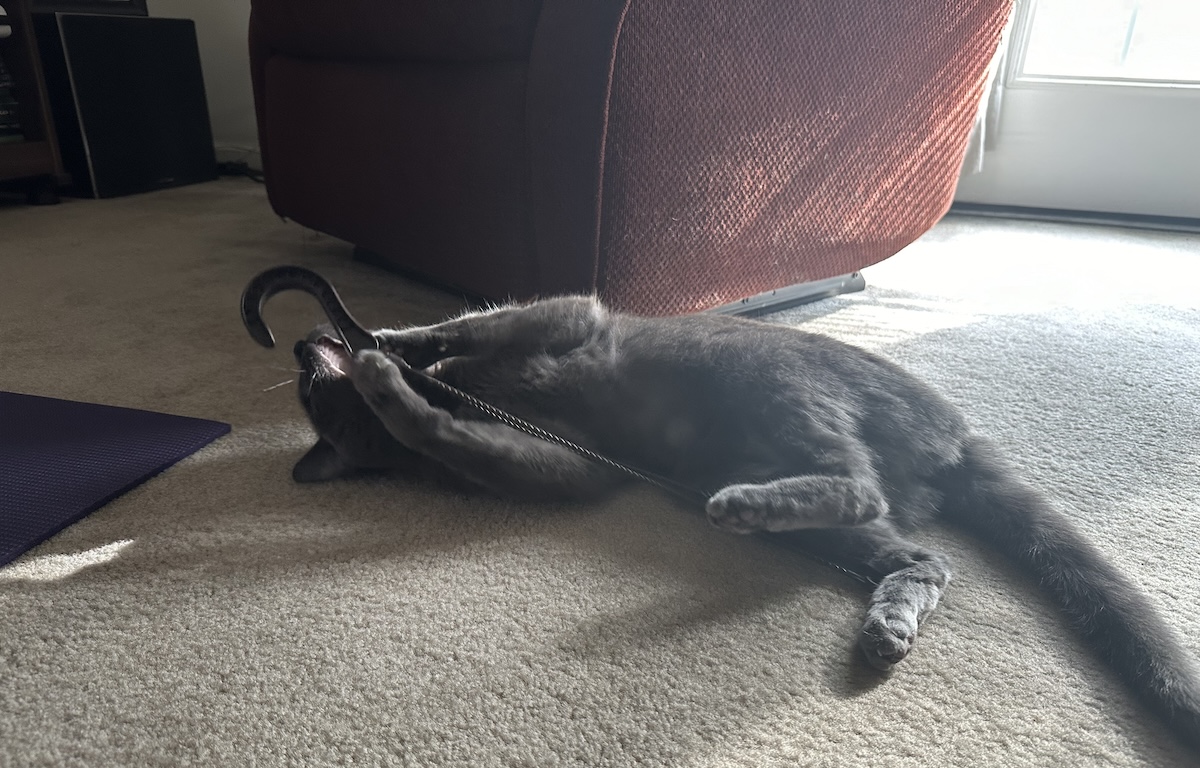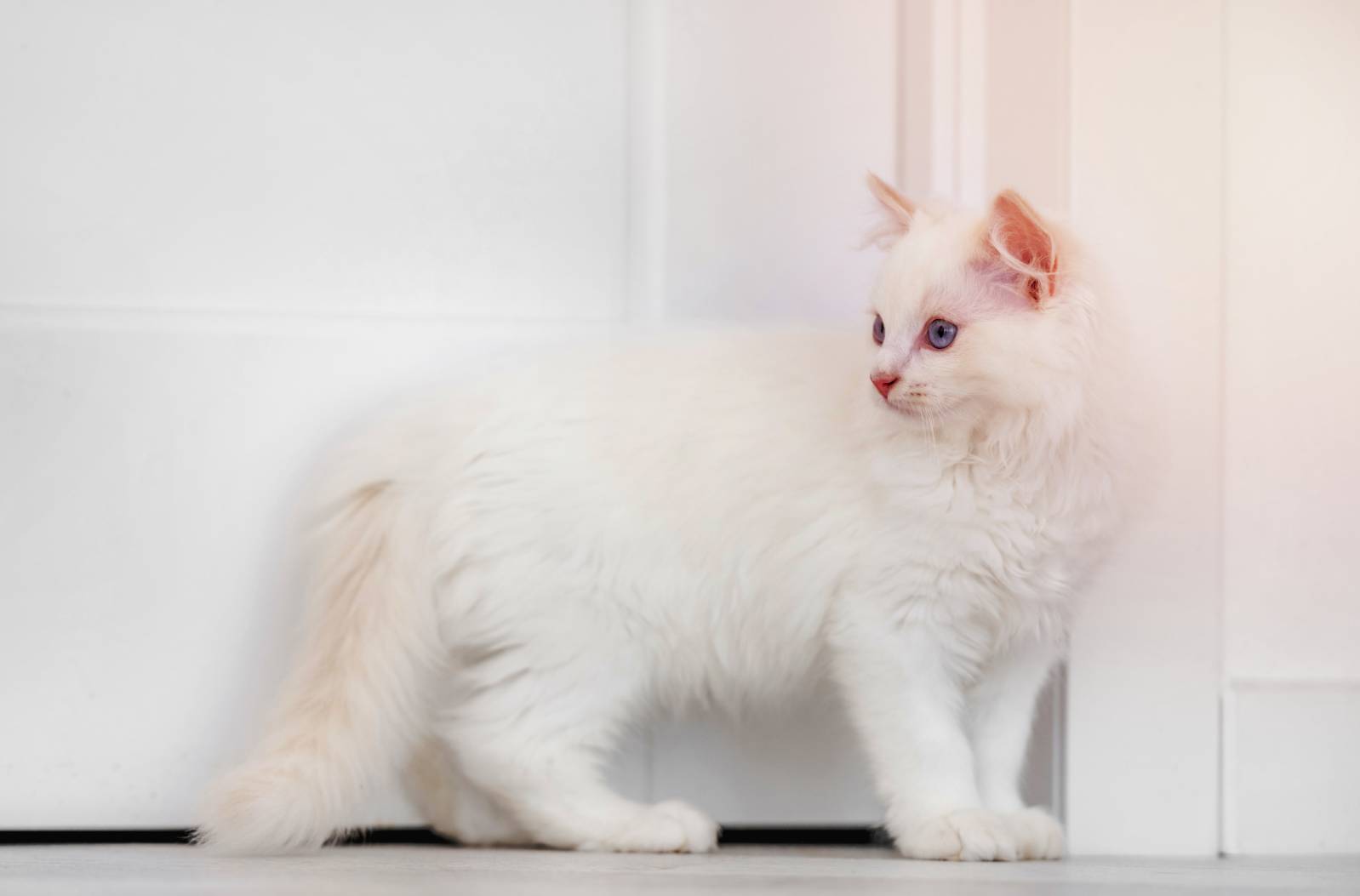Cats are natural predators that enjoy a good hunt, whether to catch a mouse running by or to chase butterflies in the sun. Typically, if they can catch their prey, they also have the instinctual drive to eat it. Although it is difficult to control everything your cat finds and eats, it’s best to monitor your cat when they’re on the prowl.
Your cat can encounter insects inside your home, and it’s best to know if any of them are poisonous for cats. A moth is one of the most common creatures you can find in the home. Moths love dusky areas with plenty of fabrics and other materials to chew on. Your cat will likely find them as they sneak around the home and into storage spaces.
Since there is such a high possibility that your cat will find and eat a moth, it is helpful to know if they are toxic. Can cats eat moths? Yes, cats can eat moths. In this article, we’ll discuss the safety of cats eating moths and their caterpillars and the potential dangers they might encounter.
Are Moths Safe for Cats to Eat?
Most butterflies and moths are safe for cats to eat and typically don’t pose a risk to them. However, many moths, even exotic species like the Garden Tiger Moth, have not been studied extensively for their effect on cats. While a moth can be poisonous when ingested by birds, it is less likely to affect larger mammals.
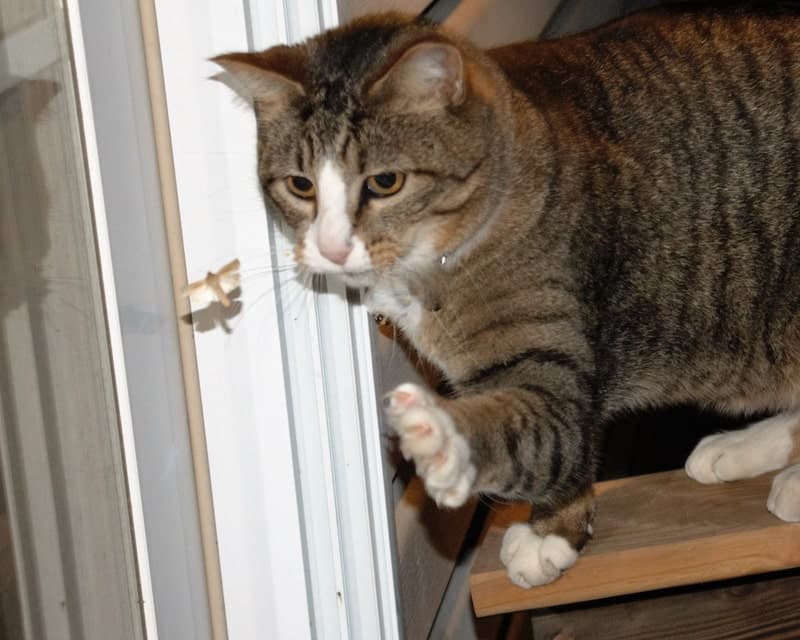
Dangers If a Cat Eats a Moth
The most dangerous aspect of attacking a moth is if your cat tries to eat one of the caterpillars. As moths and butterflies work through their life stages, their effect on the animals that eat them can change. Since caterpillars can’t fly, they are much more vulnerable to predators and are also better at protecting themselves.
They might taste bitter to cats and convince them to stay away the next time. Caterpillars can inflict stings using chemicals on the ends of barbs or hairs across their bodies. The stings are rarely dangerous and will only cause your cat a few seconds to minutes of slight discomfort or pain. However, the sting of exotic caterpillars can be poisonous.
If you feel more comfortable keeping moths out of the house and away from the open jaws of your cat, try using cedar to deter them. Moths don’t like the smell and feel of the chemicals in cedar and tend to avoid rooms with the bark in them.
However, avoid using mothballs to deter the insects. They’re more dangerous than moths and caterpillars and are incredibly toxic for cats. Even eating a single mothball can poison a cat since it is a concentrated form of pesticide.
The signs of mothball toxicity include lethargy, trouble breathing, seizures, tremors, and vomiting. If your cat has eaten one, call your veterinarian right away.
What Are Other Insects That Cats Can Safely Eat?
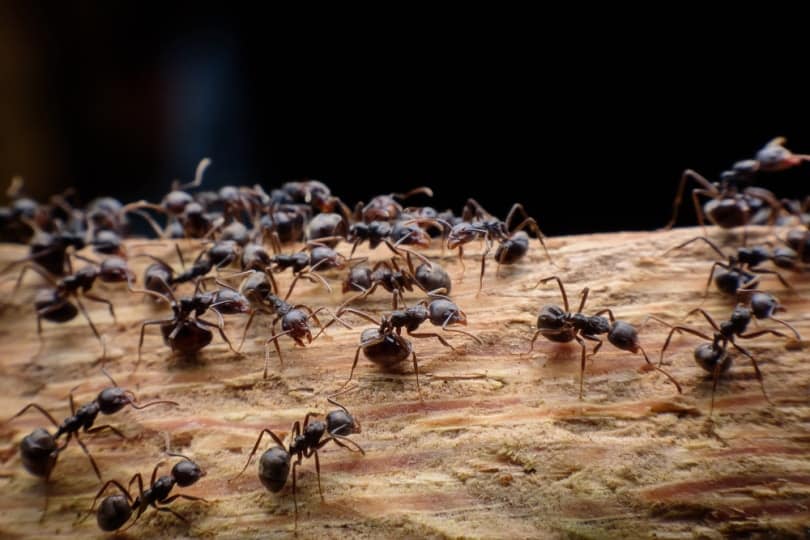
There are several insects that a cat might encounter. Most of the ones you might find in your home will generally be fine, especially if you live in a temperate climate with harsh winters. The cold weather kills most of the more toxic insects. If your cat encounters small centipedes, they are typically harmless.
Black ants are also acceptable, but you should try to keep your cat away from the fire ant’s venomous pinchers. Hard-bodied insects are also typically non-toxic for cats, but eating their tough exoskeletons can cause an upset stomach if they are too big. Insects like these include roaches, crickets, beetles, and grasshoppers.
The only other issue with a cat eating insects is the parasites that the insects might be carrying. That is especially true with bugs like roaches. That is why it is best to ensure that your cat always gets their preventative deworming since you can’t consistently moderate what they ingest.
Summary
If your cat encounters moths or other insects in your home, it is typically not a cause for alarm. They are often relatively harmless, especially if they are small. If you notice your cat eating quite a few bugs, contact your vet for advice. Most healthy felines that consume quality cat food won’t fill up on insects.
If you decide to do something about a moth infestation in your home, ensure your cat is not present. The chemicals from most bug bombs or other preventative treatments, even ant traps, are more deadly for cats than most of the insects they catch.
Featured Image Credit: danielburchmore, Pixabay

